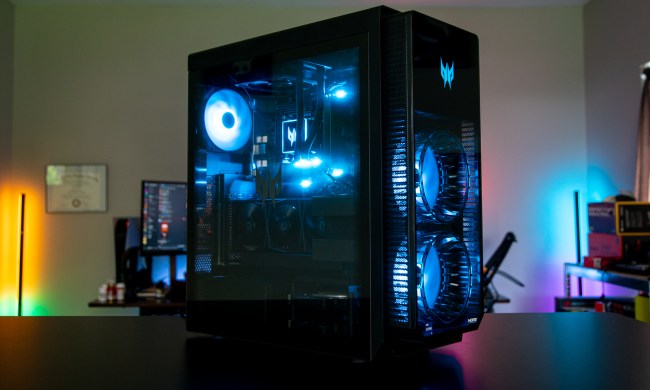
We’ve all heard of Wikipedia. But what about Wiki-PR? In case you didn’t know, these are two completely different firms. Wikipedia aims to provide free information without ads. Wiki-PR on the other hand, pays people to write positive stuff about companies on Wikipedia, which can be edited by anyone. The two have nothing to do with each other, aside from competing interests, which have led to the two clashing.
To combat the problem of paid writers contributing to Wikipedia, Wikimedia, the organization that runs Wikipedia, has retained law firm Cooley LLP, issuing a cease and desist letter on their behalf. You can read the official Wikimedia Foundation post, along with the cease and desist letter in full here. The letter is addressed to Wiki-PR CEO Jordan French. Here’s a couple of highlights from the letter though.
“The Wikimedia community of volunteer writers, editors, photographers, and other contributors has built Wikipedia into the world’s most popular encyclopedia, with a reputation for transparency, objectivity, and lack of bias. When outside publicity firms and their agents conceal or misrepresent their identity by creating or allowing false, unauthorized, or misleading user accounts, Wikipedia’s reputation is harmed.”
The letter went on to say:
“Sockpuppetry and meatpuppetry are especially harmful when used to disguise secret works of advocacy purchased by clients to promote a particular product, idea or agenda.”
This increase in hostilities comes after Wikipedia deleted 250 sockpuppet accounts in an effort to keep Wikipedia free from corporate influence. It’ll be interesting to see where this war will go from here, and if or when Wiki-PR returns fire via a law firm of its own.


